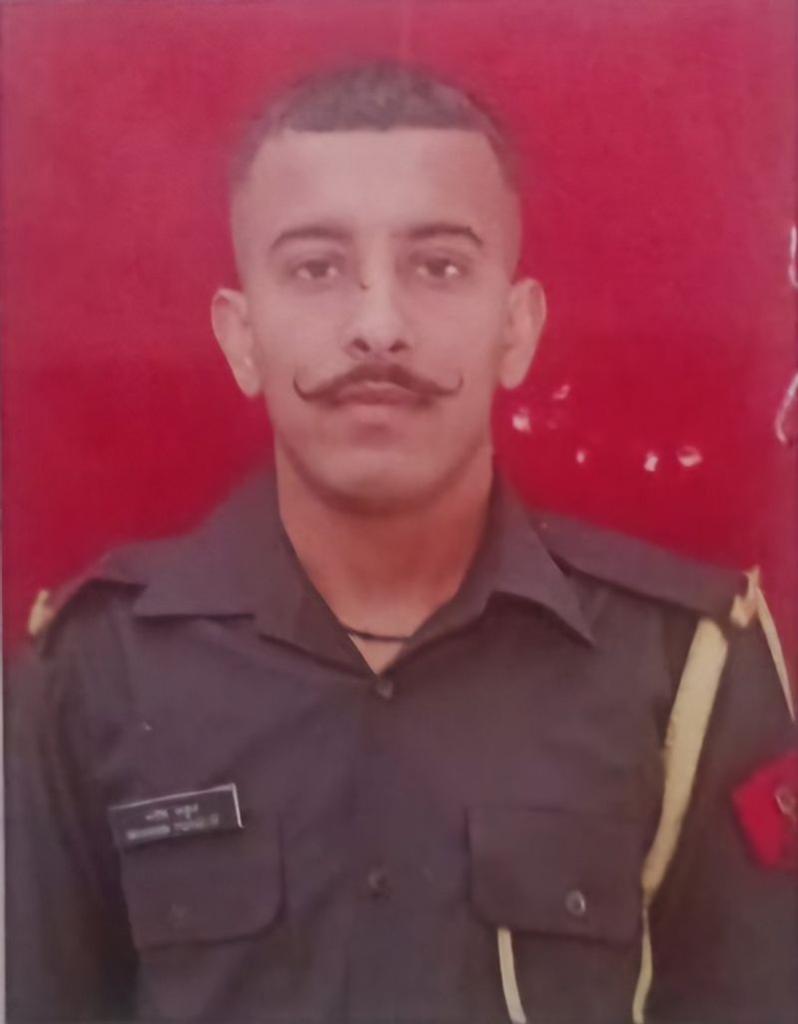Air officer is category ‘A’ Qualified Flying Instructor and alumnus of National Defence Academy, Defence Services Staff College, College of Air Warfare and National Defence College

Air Marshal Manish Khanna, an accomplished officer with over 4,000 hours of flying experience on various fighter and trainer aircraft, on Sunday assumed the charge of the Southern Air Command.
He was commissioned in the fighter stream of the Indian Air Force on December 6, 1986, the government said in a statement.
“Air Marshal Manish Khanna Ati Vishisht Seva Medal (AVSM), Vayu Sena Medal (VM), assumed command of the Southern Air Command (SAC) as Air Officer Commanding-in-Chief on June 1, 2025 at Thiruvananthapuram,” it said.
The air officer is a category ‘A’ Qualified Flying Instructor and an alumnus of the National Defence Academy, Defence Services Staff College, College of Air Warfare and National Defence College.
“The air officer has over 4,000 hours of flying experience on various fighter and trainer aircraft,” it said.
Apart from his rich operational experience in air defence, ground attack, strategic reconnaissance and electronic warfare, the air marshal has wide ranging experience in the training domain, including an international assignment as the Chief Flying Instructor with the Botswana Defence Forces, it added.
In his illustrious career spanning almost four decades, he has served as commanding officer of the fighter squadron, air crew examining board, a major flying base, advance headquarters, the Western Air Command and Commandant at College of Air Warfare (CAW) among others.
The air marshal was Senior Air Staff Officer (SASO) at South Western Command (SWAC) prior to taking over the present appointment.
In another announcement, the defence ministry on Sunday said Air Marshal Jasvir Singh Mann took over as Senior Air Staff Officer of the IAF’s Western Air Command (WAC) on June 1.
The air marshal is an alumni of the National Defence Academy and was commissioned as a fighter pilot in the IAF on December 16, 1989, it said in a statement.
He has flown over 3,000 hours primarily on various types of fighter aircraft. He is a pilot attack instructor and in his operational career, he has commanded a fighter squadron, been Chief Operations Officer of a forward base and Air Officer Commanding of a premium fighter base, the ministry said.









































































